Timeless Elegance: The Classic Table Lamp

A classic table lamp Ppspp is a timeless piece of decor that adds elegance and sophistication to any room. It is a functional and decorative item that provides both light and style. Classic table lamps are often characterized by their traditional designs, featuring ornate bases, intricate details, and elegant shades. These lamps have been a staple in interior design for centuries and continue to be a popular choice for homeowners and designers alike.
Classic table lamps play a crucial role in interior design as they not only provide illumination but also serve as decorative accents. They can enhance the overall aesthetic of a room, adding a touch of elegance and sophistication. Whether placed on a bedside table, a console table in the entryway, or a desk in the study, classic table lamps can instantly elevate the look and feel of any space.
The History of Classic Table Lamps and Their Evolution
The origins of table lamps can be traced back to ancient times when people used oil lamps for lighting. These early lamps were made of clay or metal and were fueled by oil or animal fat. Over time, advancements in technology led to the development of more sophisticated lighting options, including candles and gas lamps.
The evolution of classic table lamps began during the Renaissance period when artisans started creating more ornate and decorative lighting fixtures. These lamps were often made of precious materials such as bronze, crystal, and porcelain, and featured intricate designs inspired by classical art and architecture.
In the 19th century, the Industrial Revolution brought about significant changes in lamp design. The invention of electricity led to the development of electric table lamps, which quickly became popular due to their convenience and efficiency. Designers began experimenting with new materials such as glass, brass, and iron, creating innovative lamp designs that catered to different tastes and styles.
Famous designers such as Louis Comfort Tiffany, Frank Lloyd Wright, and Alvar Aalto made significant contributions to the evolution of classic table lamp design. Tiffany’s iconic stained glass lamps, Wright’s geometric designs, and Aalto’s organic shapes are still revered today for their timeless beauty and craftsmanship.
The Importance of Lighting in Interior Design
Lighting plays a crucial role in interior design as it has the power to transform the look and feel of a space. It can create ambiance, highlight architectural features, and set the mood for different activities. Proper lighting design is essential for creating a functional and visually appealing environment.
There are three main types of lighting used in interior design: ambient lighting, task lighting, and accent lighting. Ambient lighting provides overall illumination and sets the general mood of a room. Task lighting is focused on specific areas where activities such as reading or working take place. Accent lighting is used to highlight artwork, architectural details, or decorative objects.
Classic table lamps can enhance the lighting in a room by providing both ambient and task lighting. The soft glow emitted by the lamp creates a warm and inviting atmosphere, perfect for relaxation or entertaining guests. Placing a classic table lamp on a desk or bedside table also provides task lighting for activities such as reading or working.
Choosing the Right Classic Table Lamp for Your Home
When choosing a classic table lamp for your home, there are several factors to consider. First, think about the overall style and decor of the room. The lamp should complement the existing furniture and accessories, adding to the cohesive look of the space.
Consider the size and scale of the lamp in relation to the room and other furniture pieces. A large lamp may overpower a small table, while a small lamp may get lost on a large table. It’s important to find the right balance and ensure that the lamp is proportionate to its surroundings.
Placement is also crucial when choosing a classic table lamp. Think about where you want to place the lamp and how it will be used. A lamp on a bedside table should provide enough light for reading, while a lamp on a console table in the entryway should create a welcoming ambiance.
Classic Table Lamps: Materials and Finishes
Classic table lamps are made from a variety of materials, each with its own unique characteristics and aesthetic appeal. Common materials used in classic table lamp construction include metal, glass, crystal, porcelain, and wood.
Metal lamps, such as those made from brass or bronze, are durable and timeless. They can be polished to a high shine or given an antique finish for a more vintage look. Glass and crystal lamps add a touch of elegance and sophistication to any room. They can be clear or colored, and may feature intricate patterns or textures.
Porcelain lamps are delicate and often hand-painted with intricate designs. They are perfect for adding a touch of traditional charm to a room. Wood lamps bring warmth and natural beauty to a space. They can be carved or turned to create interesting shapes and textures.
The finish of a classic table lamp can also greatly impact its appearance. Popular finishes include polished brass, brushed nickel, antique bronze, and painted finishes in various colors. The choice of finish should complement the overall style and decor of the room.
Iconic Classic Table Lamps: Design and Style

There are several iconic classic table lamps that have stood the test of time and continue to be revered for their design and style. These lamps have become synonymous with elegance and sophistication, and their timeless beauty makes them highly sought after by collectors and design enthusiasts.
One such iconic lamp is the Tiffany lamp, designed by Louis Comfort Tiffany in the late 19th century. These stained glass lamps feature intricate patterns inspired by nature, with vibrant colors that create a warm and inviting glow when lit.
Another iconic lamp is the Anglepoise lamp, designed by George Carwardine in the 1930s. This lamp is known for its innovative spring mechanism, which allows for easy adjustment and precise positioning of the light. The Anglepoise lamp is a perfect example of form meeting function, with its sleek and minimalist design.
The Arco lamp, designed by Achille and Pier Giacomo Castiglioni in 1962, is another iconic classic table lamp. This floor lamp features a large arc that extends from a marble base, allowing the light to be positioned over a table or seating area. The Arco lamp is a statement piece that adds drama and style to any room.
Contemporary Interpretations of Classic Table Lamps
While classic table lamps are often associated with traditional design styles, there are also contemporary interpretations that cater to modern tastes. These lamps combine the timeless elegance of classic design with innovative materials and finishes, creating a fresh and updated look.
Contemporary classic table lamps often feature clean lines, minimalist shapes, and neutral colors. They may incorporate materials such as brushed metal, frosted glass, or acrylic for a more modern aesthetic. These lamps can seamlessly blend into a variety of decor styles, from mid-century modern to Scandinavian.
Examples of contemporary classic table lamps include the Artemide Tolomeo lamp, designed by Michele De Lucchi and Giancarlo Fassina in 1987. This lamp features a sleek and adjustable arm that allows for precise positioning of the light. The Tolomeo lamp is a popular choice for modern interiors due to its clean lines and functional design.
Another example is the Flos Miss K lamp, designed by Philippe Starck in 2003. This lamp has a transparent base and shade made from injection-molded polycarbonate, giving it a modern and futuristic look. The Miss K lamp is available in several colors and adds a touch of contemporary style to any room.
How to Incorporate Classic Table Lamps into Your Decor
Classic table lamps can be incorporated into a variety of decor styles, from traditional to contemporary. Here are some tips for styling classic table lamps in different rooms:
– In the living room, place a pair of classic table lamps on either side of a sofa or console table to create symmetry and balance. This will add a touch of elegance and provide ambient lighting for the space.
– In the bedroom, use classic table lamps as bedside lighting. Choose lamps with adjustable arms or shades that can be directed towards the bed for reading. This will create a cozy and intimate atmosphere.
– In the dining room, place a classic table lamp on a sideboard or buffet to add visual interest and create a focal point. This will enhance the overall ambiance of the room during dinner parties or gatherings.
– In the study or home office, use a classic table lamp on your desk to provide task lighting for reading or working. Choose a lamp with an adjustable arm or shade for maximum flexibility.
Classic table lamps can also be used to create ambiance and focal points in any room. Placing a lamp on a side table or in a dark corner can instantly brighten up the space and draw attention to that area. Consider using lamps with colored shades or unique bases to add visual interest and make a statement.
Maintenance and Care of Classic Table Lamps
To keep your classic table lamps looking their best, regular maintenance and care are essential. Here are some tips for cleaning and maintaining your lamps:
– Dust your lamp regularly using a soft cloth or feather duster. This will prevent dust from accumulating on the surface and dulling the finish.
– If your lamp has a fabric shade, gently vacuum it using a brush attachment to remove any dust or debris. Avoid using water or cleaning solutions on fabric shades as they may cause damage.
– For metal or glass lamps, use a mild glass cleaner or metal polish to remove fingerprints and smudges. Apply the cleaner or polish to a soft cloth and gently wipe the surface in a circular motion.
– Avoid using harsh chemicals or abrasive cleaners on your lamps as they may damage the finish or materials.
– If your lamp has a light bulb that needs to be replaced, make sure to turn off the lamp and unplug it before doing so. Follow the manufacturer’s instructions for replacing the bulb.
– If you encounter any problems with your lamp, such as a loose socket or frayed cord, it is best to consult a professional electrician for repairs.
By following these maintenance and care tips, you can ensure that your classic table lamps remain in excellent condition and provide years of enjoyment.
The Enduring Beauty of Timeless Elegance
In conclusion, classic table lamps are an essential element of interior design that adds elegance and sophistication to any space. They have a rich history and have evolved over time to cater to different tastes and styles. Classic table lamps not only provide illumination but also serve as decorative accents, enhancing the overall aesthetic of a room.
When choosing a classic table lamp, it is important to consider factors such as style, size, and placement. The lamp should complement the room’s decor and be proportionate to its surroundings. Materials and finishes play a crucial role in the appearance of the lamp, with options ranging from metal and glass to porcelain and wood.
Iconic classic table lamps have become synonymous with timeless beauty and are highly sought after by collectors and design enthusiasts. Contemporary interpretations of classic table lamps offer a fresh and updated look that can seamlessly blend into modern interiors.
By incorporating classic table lamps into your decor, you can create ambiance, highlight focal points, and add a touch of elegance to any room. Regular maintenance and care will ensure that your lamps remain in excellent condition and provide years of enjoyment.
In conclusion, classic table lamps are not just functional lighting fixtures but also works of art that bring timeless elegance to any space. Their rich history, evolution, and enduring appeal make them a valuable addition to any interior design. So why not add a touch of timeless elegance to your home with a classic table lamp?


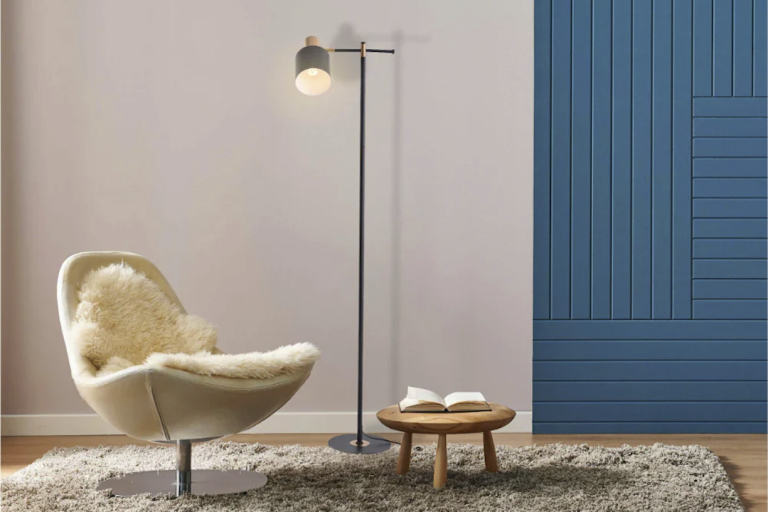
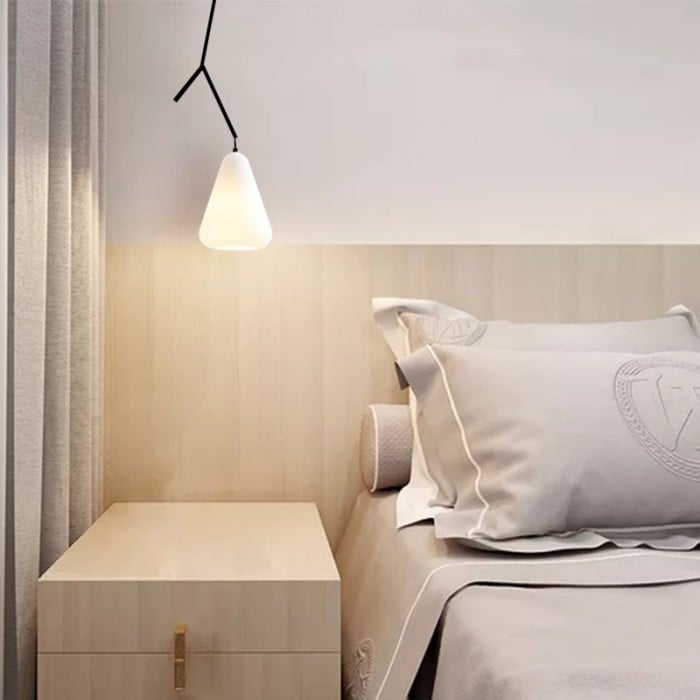
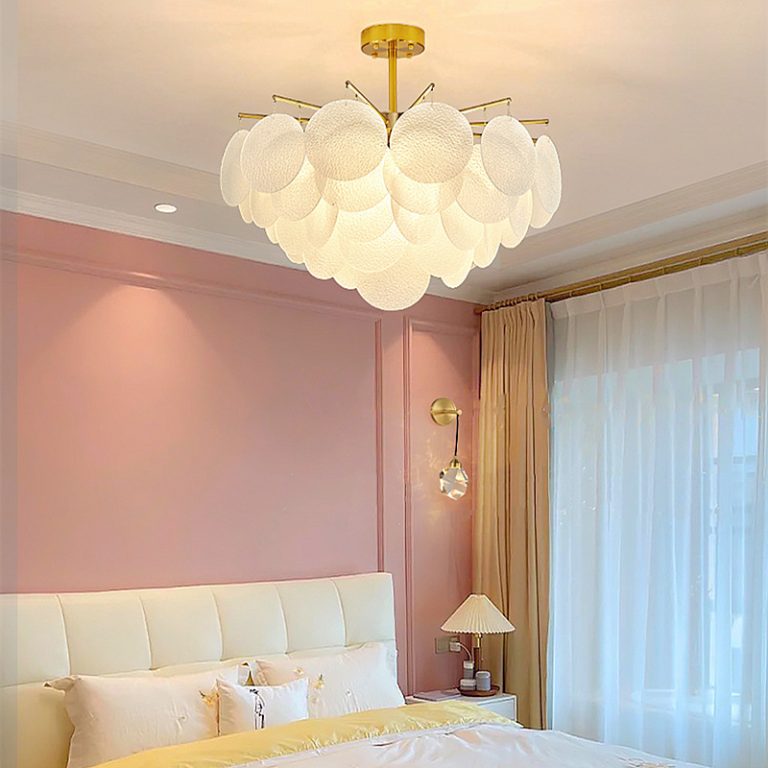
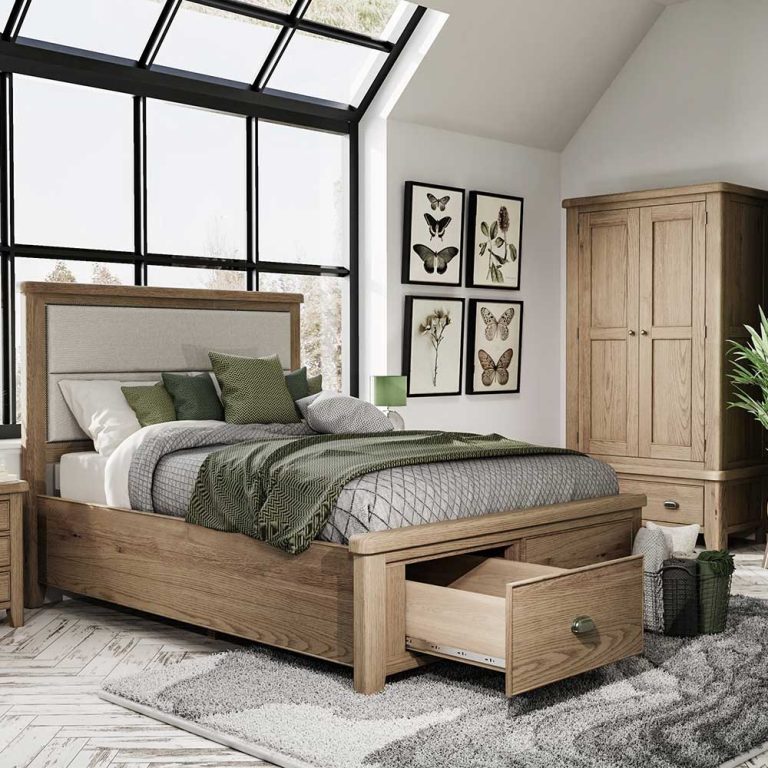

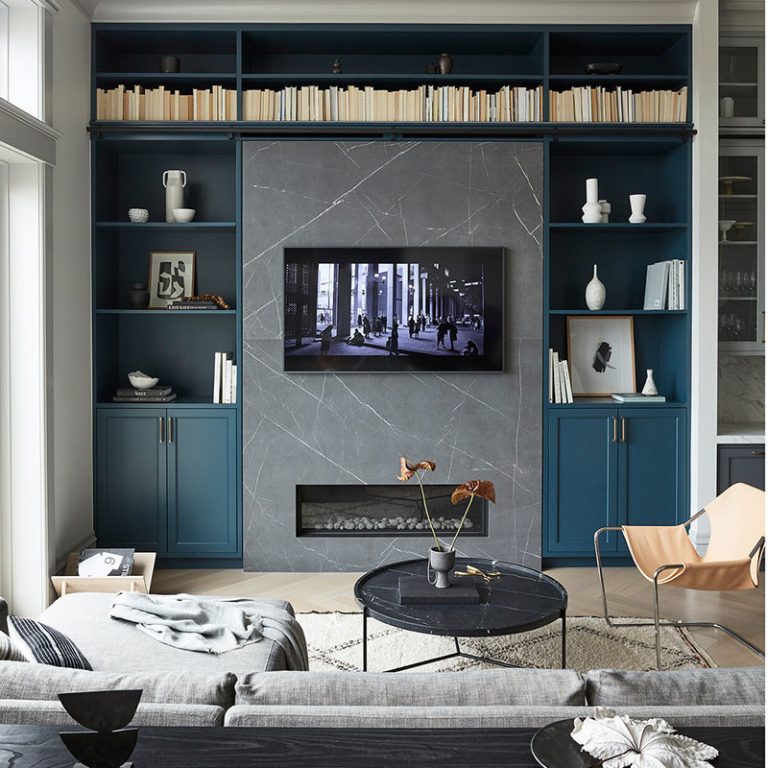
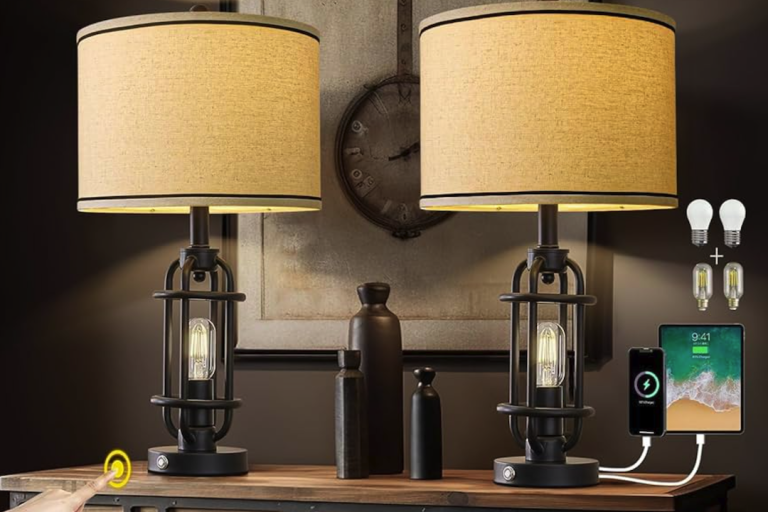
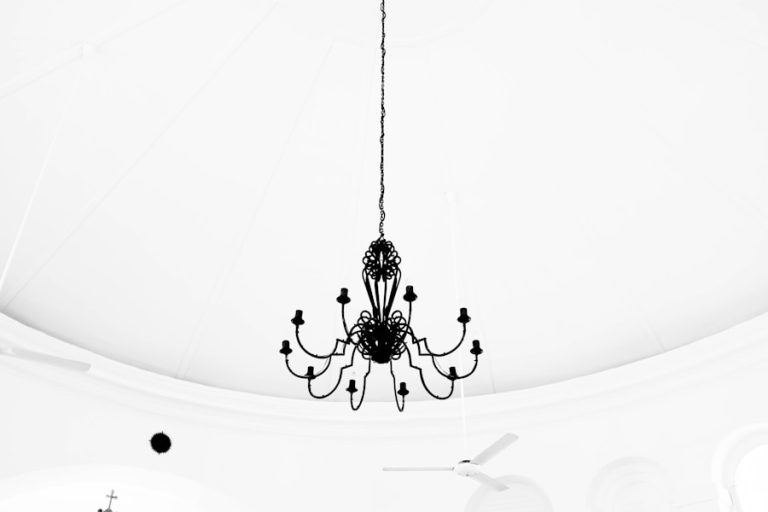
+ There are no comments
Add yours